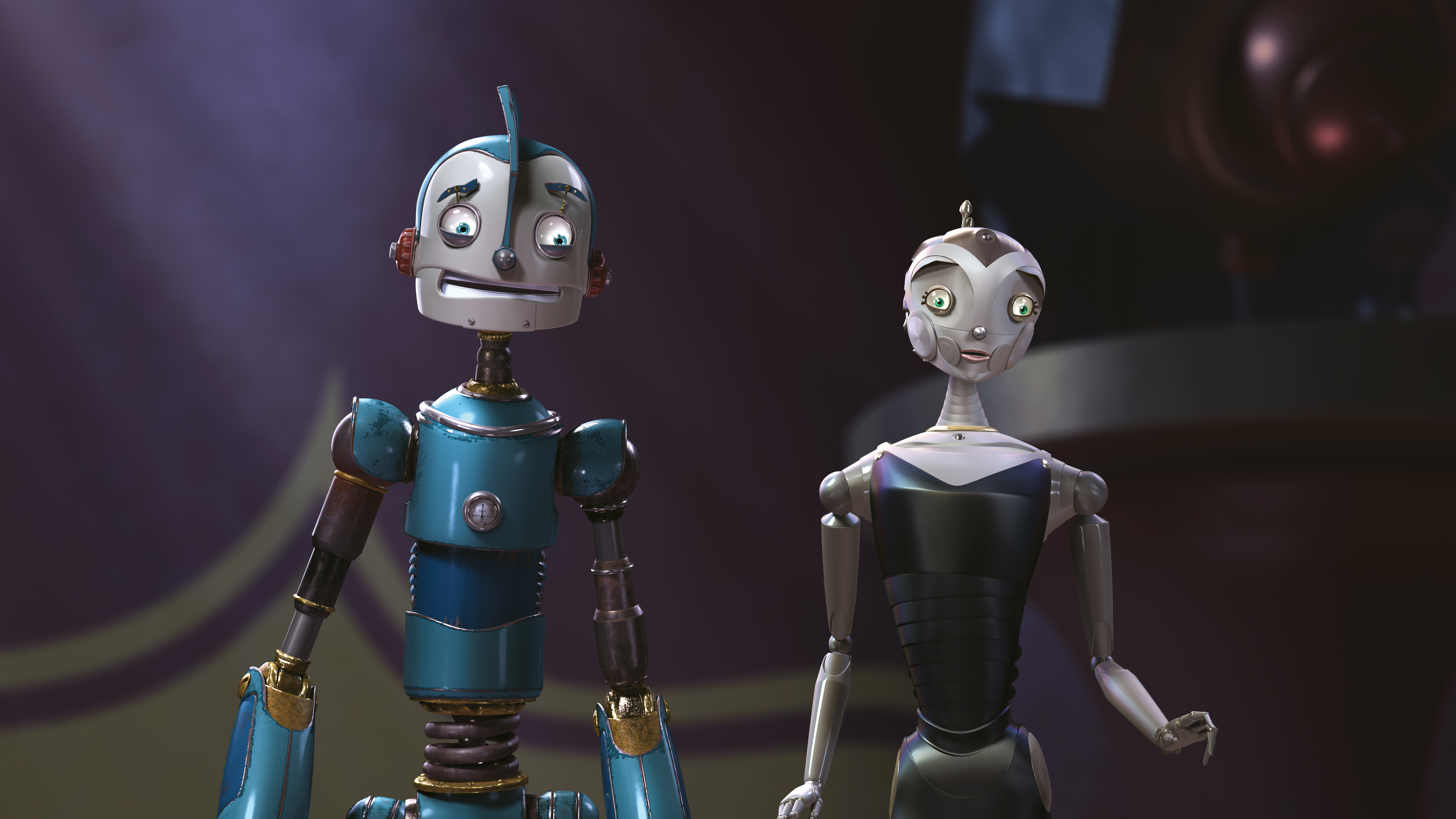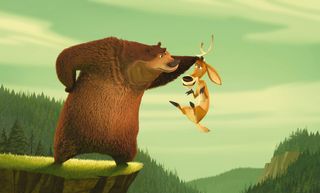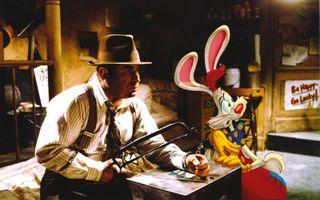8 ways to shine as an animator
Simple steps you can take to enhance your animation skills.

Professional animators need to be able to please both the director, with the quality of their work, and the producer, with their speed. As head of animation at Escape Studios my job is to make sure all my students are ready to succeed in today's animation industry. What follows are nine simple steps that all animators can take to make sure their workflow is good, fast and reliable.
01. Create a camera and lock it off
It's good practice to create a camera view right away, and then lock it off so you don't mess it up by mistake. For most animators the standard layout is a three-way split: perspective view on the left, camera view on the right, Graph Editor below. With the exception of games projects, animators should always animate to the camera view; you also won't waste time animating stuff that won't be seen by the audience.
02. Work on facial expressions early on

Make a positive statement when you begin making your poses by making the facial expressions clear from the start. Is the character happy? Sad? Angry? Make these choices early on and make it clear. Your next step is to offset the symmetry of the poses and make each key pose as expressive as you can. Facial expressions are key selling points for directors, and are vital to telling your story and to making the shot clear.
03. Decide your key controls
If a character has multiple body controls (most do), then decide which control curves you will be using and stick to them. If you don't, you risk forgetting which control curves you have keyframed, and the result is spaghetti. For example, if you use multiple rotations on the spine controls, you may forget which ones you have used, and it can be difficult to make adjustments to your animation later on.
04. Keep eyelines consistent

Poor eye direction (for example, characters not looking at one another) will ruin the believability of your shot and undermine your work. Allow extra time before you submit your shot for review, as you will likely have to fine- tune the eye direction at the very end.
05. Don't overcomplicate things
A common mistake made by junior animators is to have too many expressions or poses in a shot. When you begin, pick an overall attitude for the shot and use this as your starting point. Just one main expression for your shot will often do the job.
06. Present your work in high resolution

Remember to do your work justice and always present it in high resolution. Low-resolution shots (even if well animated) look grainy and unimpressive. High-resolution renders will give your shots a more polished and professional look, and you will likely get your work approved faster.
07. Put yourself in your audience's shoes
When reviewing your work, before sending it anywhere important, you should always ask yourself, would this shot make any sense to a total stranger? Put yourself in the place of your audience: will they understand what's going on? If your shot needs an explanation in order to make it clear, then it needs more work.
08. Create thumbnail sketches first
Thumbnail sketches are a simple and quick way to get thinking, start planning your shot and help solve problems early on. Sketching can really help you to be inspired and get creative. Even if you don't draw well, crude thumbnail sketches can help you plan your poses and timing. The extra time spent on planning your work will be worth it in the long run. You wouldn't build a house without architect's plans, would you?
This article was originally published in 3D World magazine.
Read more:

Thank you for reading 5 articles this month* Join now for unlimited access
Enjoy your first month for just £1 / $1 / €1
*Read 5 free articles per month without a subscription

Join now for unlimited access
Try first month for just £1 / $1 / €1
Get the Creative Bloq Newsletter
Daily design news, reviews, how-tos and more, as picked by the editors.
